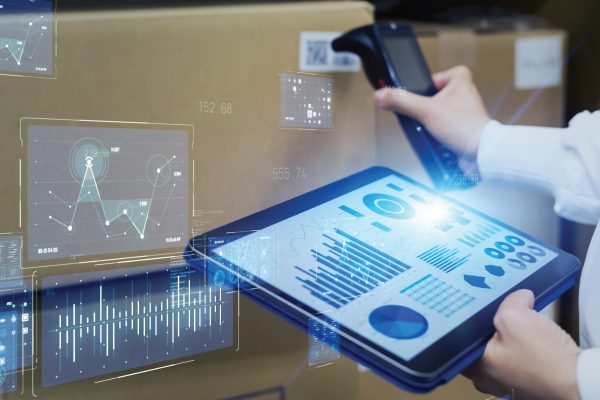How supply chains are getting increasingly digitised by V Balaji
Traditional supply chain management has always focused on delivering goods to customers through well-designed activities that encompass procurement, logistics, warehousing and dispatch. This level of engagement is no longer adequate.
With increasing computing advances and declining costs of IT, the logistics industry now has technology tools in hand that make it easier to deliver on key customer pain points such as reducing costs, improving efficiencies and crunching time-to-market. A stronger emphasis on customer delight and integration of IT with business operations has meant that older models of supply chain management are now ripe for reinvention.
The time is right for the logistics industry to be the drivers of a greater degree of collaboration across the supply chain.
Digital networks
Over the last decade or so, technology has made deep inroads into supply chain management. Real-time system integration, secure data exchange, visibility and traceability between disparate systems across multiple supply chains and industry verticals are just some of the options already available to manufacturers and logistics providers.
The emphasis now is on digitising the entire supply chain to ensure minimal human intervention and greater efficiencies. A piecemeal approach won’t cut it anymore. Companies that are serious about competing at the next level need to bring in cutting edge tools. Supply chains need to evolve into digital supply networks that will unite not just physical material flows but also information, processes and finance.
With technology advances like Augmented Reality(AR), Artificial Intelligence (AI), Internet of Things (IoT), and cloud integration revolutionising the space, this is an exciting time for supply chain professionals.
The IoT route
RFID devices and GPS tracking are now common in the logistics industry: they improve material visibility through the supply chain and, more importantly, allow for flexibility in customising delivery schedules based on dynamic information flows.
Using IoT-enabled systems enables a higher degree of efficiency by intelligently connecting people, processes, data, and machines through devices and sensors.With the successful integration of IoT, digital supply networks can transmit information on a real-time basis on the whereabouts of a particular piece of shipment in the chain. We thus have the tools that enable detailed visibility of material right from the manufacturer’s stable to the retailer’s table.
Augmented reality
AR has the potential to have long-ranging impact on the way goods and services are delivered. With AR, warehouses can improve on their picking and put-away activities, bringing efficiencies into these operations. For instance, if pickers in a warehouse are equipped with smart glasses that can read and store information about picking lists, it will speed up the entire picking process and reduce manual error.
In 2015, DHL announced that it had carried out an AR application pilot study with one of its customers Ricoh at the latter’s Netherlands warehouse. The participating warehouse pickers wore the smart glasses for a three-week period during which they were guided through the picking process. The displays on the glasses showed the respective task information including material location, aisle, quantity etc. The result was that 10 pickers picked more than 20,000 items fulfilling 9,000 orders within the given time frame. Vision picking, as it is called, allowed the staff to operate faster with lesser errors, an estimated 25% increase in efficiency.
Data analytics
Big data and analytics combined with advances in AI will help enterprises mine the nuggets of valuable data that reside in the supply chain. AI and predictive technology can help make supply chains smarter and reduce capital losses in unused inventories and logistics. In other words, it will make the enterprise more proactive and agile.
Pain points
Making the transition from a linear supply chain to a dynamic, always-on and interactive digital supply network calls for more than transplanting technology on to existing processes. It calls for a thorough rejigging of the supply chain management process.
The greatest barrier to the adoption of these new technologies is the lack of understanding of their benefits, and apprehensions around high one-time technology costs. Once they overcome these initial mind blocks, companies must prepare to deal with the challenges that come with digital supply networks, mainly data security and IP risks, among others.
Perceptible value
The advantages, however, far outweigh the challenges. Some of the ways in which technology can deliver on its promises are:
Supply chain innovations have to be deployed in such a manner that they result in radically different models of improved efficiency and faster time-to-market. This is possible only if the supply chain innovations are integrated into a system that is robust and based on active collaboration among the stakeholders of the ecosystem.
We now have the technology to build supply chain innovations which will deliver radically different models in terms of fulfillment efficiency. As partners to our customers, we have the tools to address and resolve many of their challenges.
V Balaji
CEO at Avvashya CCI Integrated Logistics & Supply Chain Services
V Balaji, an engineering graduate from Chennai University and management graduate from LIBA with specialisation in logistics and supply chain, is vastly experienced in strategic planning & management, sales & marketing, business development, and channel management.














